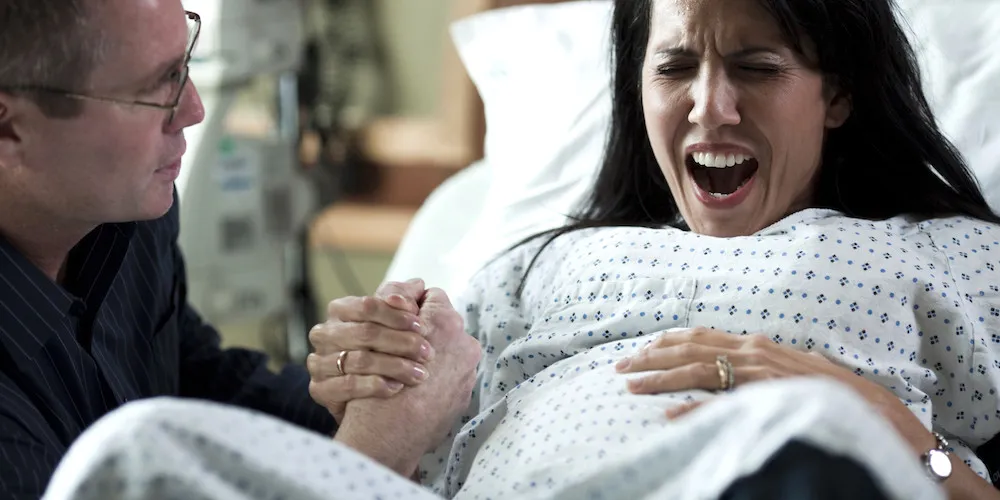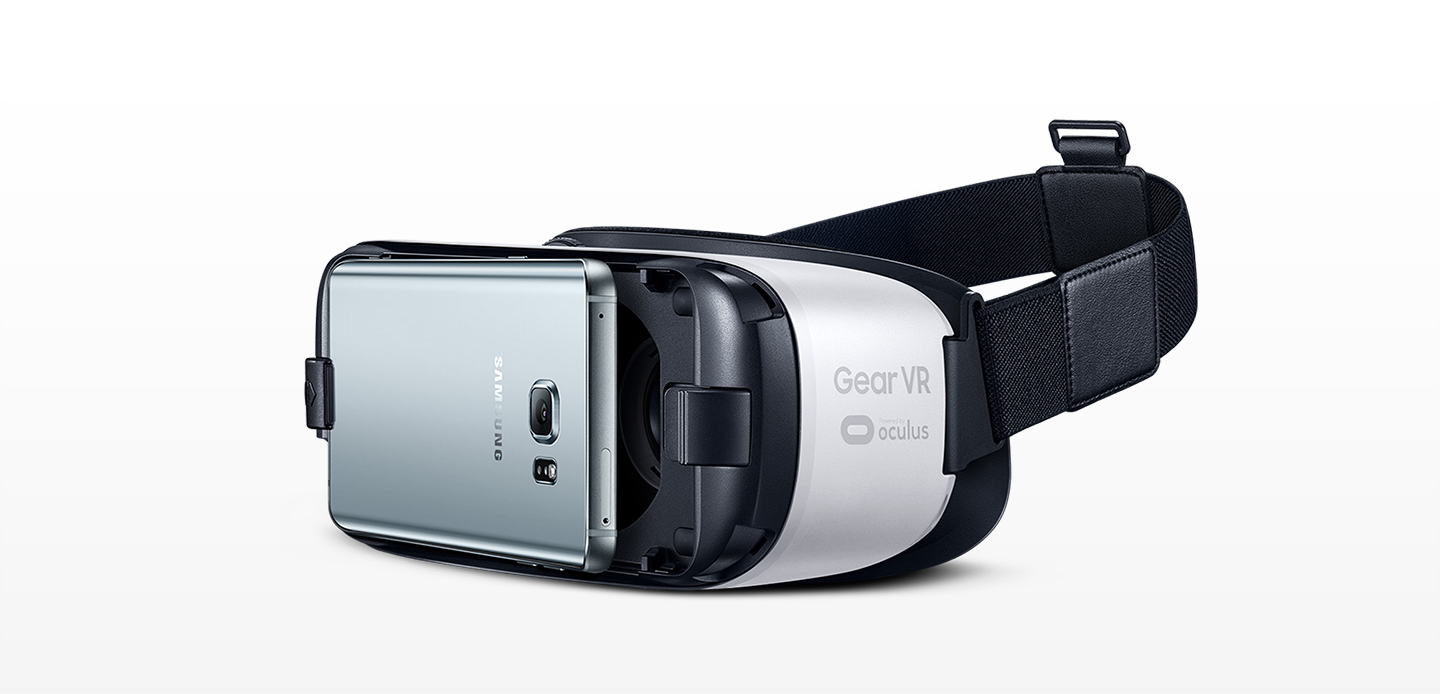Childbirth is universally recognized to be one of the most painful and stressful experiences that a human being can endure. One doctor, however, is beginning to use virtual reality headsets to calm his patients during delivery and create a more bearable childbearing experience.
Managing discomfort during delivery is an ever evolving process for OBGYNs according to Dr. Ralph Anderson of Orange Regional Medical Center in Middletown, New York. Anderson is constantly on the lookout for ways to minimize his patient’s discomfort and recently VR has caught his eye.
“I wanted to make their experience better,” Anderson said of his patients. “I started using this device mainly around the office with my staff, but my idea all along was to find a way to use it in the hospital.”
The device Anderson is referring to is a Samsung Gear VR, a wireless VR headset that is powered by a smartphone rather than being wired into a personal computer or game console. Anderson says the opportunity to use the Gear VR during a delivery finally presented itself when one of his patients began to question her decision to forgo an epidural and carry out a “natural” birth.
“This patient did not want an epidural but, as sometimes happens, as labor wore on she began to change her mind and ended up requesting medication,” Anderson explained. “I asked if she’d be willing to try one more thing before we call the anesthesiologist and explained the concept of VR to her and her husband. At first she was a bit hesitant but she eventually agreed to at least give it a try.”
Anderson says he then put his patient into a guided mediation VR experience from AppliedVR. According to AppliedVR president. Josh Sackman, this experience combines soothing sounds, music and visuals with real time instructions to guide a person through the meditative process.
AppliedVR took Dr. Anderson’s delivering mother out of her hospital room and deposited her on a scenic overlook of California’s Big Sur. The crashing waves, soothing sounds and helpful instructions were able to help this mother manage her pain. Altogether, the patient was in VR for “about two hours” according to Anderson and the end result was a healthy, successful delivery.
“When it comes to a delivery one of the most important factors to consider is focus. We try everything we can to get the mother to focus on her breathing, on pushing etc. However, in a typical delivery room all the mother has to focus on is the pain,” Anderson said. “With VR though, we were able to put the patient into an experience where she was constantly being distracted and coached by the technology and it ended up being a very successful experience for everyone involved.”
Anderson is a firm believer that doctors should be innovators and early adopters and he believes that virtual reality is an area of immense opportunity for the medical field. When asked if he would consider using VR with more of his patients Anderson’s response was strongly in the affirmative.
“Absolutely I think VR is great for doctors,” Anderson said. “My goal is to suggest it to mothers during the planning stages for their deliveries and hopefully more of them will be able to see the benefits…Obviously everything in medicine has to be scrutinized and introduced gradually but I believe we’ll be seeing a lot more VR in the years to come.”
According to Sackman, “When we were developing this experience what we found is that, when it comes to health care, our users will be about to go into a surgery or a delivery and that’s really vulnerable for them. It was therefore important for us to work with psychologists and experts to make sure that this app was doing everything it could to comfort and encourage them during these difficult times.”
































